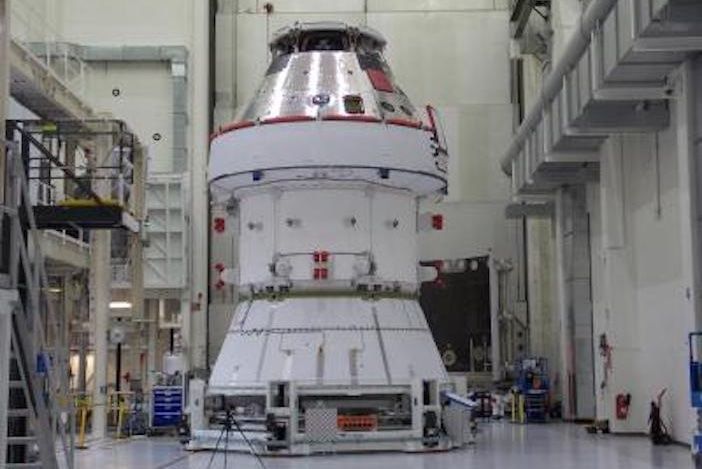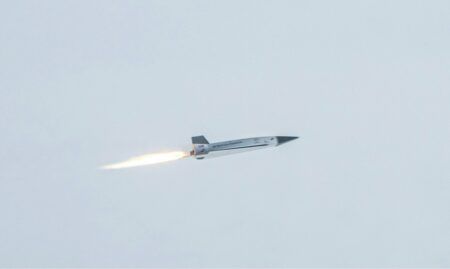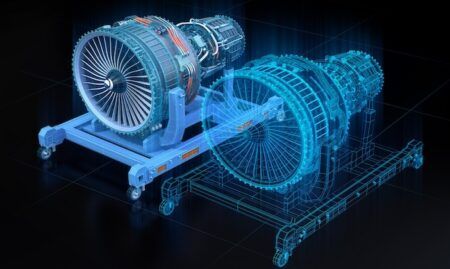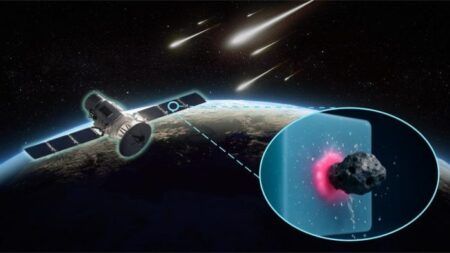Lockheed Martin is to keep using NEC Corporation’s artificial intelligence technology in the production and testing of spacecraft after its successful deployment in a number of programs, including the Orion spacecraft.
NEC’s System Invariant Analysis Technology (SIAT) is used during early production testing and operational scenarios. SIAT’s data analytics engine uses data collected from sensors to learn the behavior of systems, including computer systems, power plants, factories and buildings, enabling the system itself to automatically detect inconsistencies and prescribe resolutions.
Lockheed Martin and NEC have been working together to evaluate the effectiveness of SIAT for several years and expect to finalize a multi-year licensing agreement covering the use of the technology soon.
SIAT has been integrated into Lockheed Martin’s Technology for Telemetry Analytics for Universal Artificial Intelligence (T-TAURI) AI service. This enables engineers to proactively detect anomalies during the design, development, production and test phase of spacecraft development – before applications in mission operations.
By integrating within T-TAURI, a comprehensive time series analysis framework, engineers gain a detailed understanding of the whole system that can be used to produce system-level digital twins. Since the initial partnership between NEC and Lockheed Martin, the teams have already seen applications for early pathfinding to detect production anomalies and software regression testing.
Rick Ambrose, executive vice president of Lockheed Martin Space said, “The power of AI is leveraged across our entire enterprise, and with a trusted partner like NEC, we gain the resources to expand its abilities at scale across our internal operations.
“By proactively analyzing telemetry data we are able to deliver our systems even faster and streamline the work that our employees do every day.”
Lockheed Martin has already successfully applied this technology on several operations to date. For example, it was used to analyze the large amount of data that was produced by the Orion vehicle during testing.
Within a four-hour period, T-TAURI and SIAT built a model of the vehicle’s normal operations from nearly 150,000 sensors to establish over 22 billion logical relationships for analysis. The resulting models can be used to monitor all future tests of subsequent vehicles to compare expected and irregular behavior to analyze consistency and aid in regression analysis.
According to Lockheed Martin, without these advanced AI and machine learning tools, it would be impossible for a single engineer to analyze massive amounts of data manually at the speed needed to analyze the data in its entirety.
Lockheed Martin plans to continue applying AI on future missions, including future ground station support for customer satellite operations as well as expanding the application for human-rated systems to demonstrate an increase in speed of anomaly detection and root cause analysis on mission.
“We’re thrilled that the innovative SIAT developed by NEC provides value to Lockheed Martin as it addresses not only the development of complex systems, but also the uniqueness of deep space exploration,” said Motoo Nishihara, executive vice president, chief technology officer and member of the board, NEC Corporation. “Together, we are committed to strengthening our solution and finding new ways to apply this technology.”





